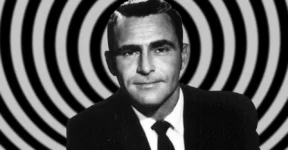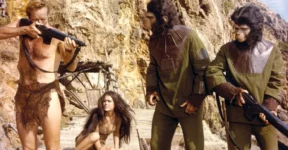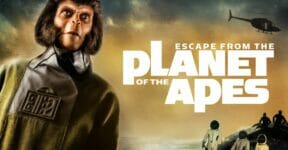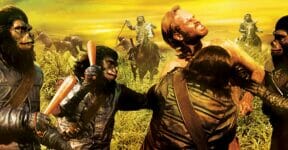The 1968 sci-fi film Planet of the Apes, directed by Franklin J. Schaffner, was based on a novel of the same name by French author Pierre Boulle. Before producer Arthur P. Jacobs even hired the director, he first approached screenwriter Rod Serling to transform the novel into a workable screenplay. At that time, Serling had already made his name in the sci-fi industry mostly for his work in “The Twilight Zone” TV series. The producer brought Michael Wilson onboard, an award-winning screenwriter with an Oscar attached to his name. Wilson—under a pseudonym—did the screenplay work on a film based on Boulle’s previous novel, The Bridge on the River Kwai. Charlton Heston played the central character in the film. At the outset, Planet of the Apes arguably had the best possible recipe to be a critical and commercial success (especially with its Statue of Liberty finale), which it was and then some.

Fans and critics probably had differing opinions on many aspects of the film, from the makeup job to its blatant satirical comments on the political and social issues in 1960s America. That said, the climactic ending sequence received a nearly universal acceptance as a perfect ending movie and one of the all-time sci-fi greats.
The Ending
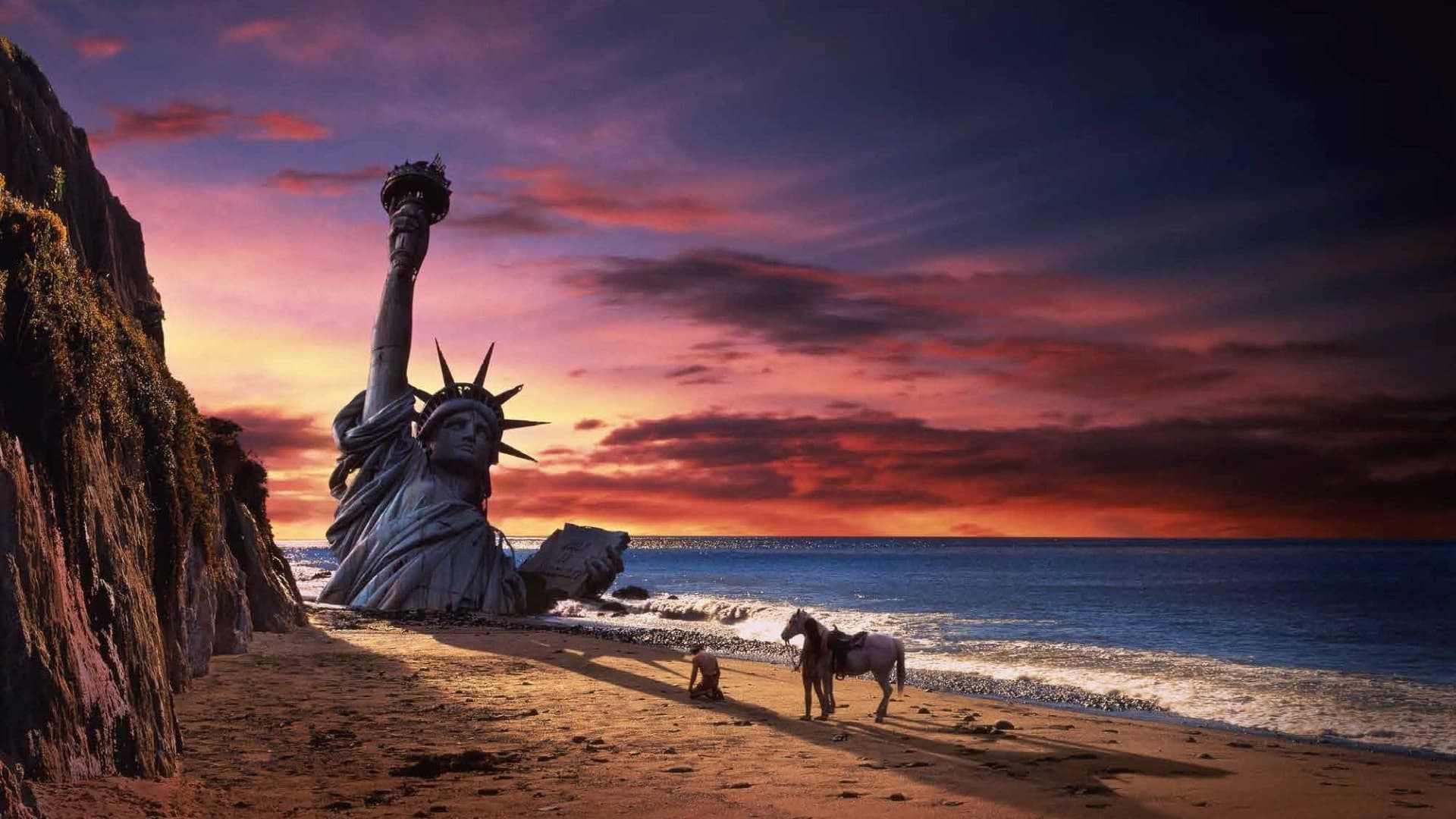
Astronaut George Taylor (portrayed by Charlton Heston) and a primitive female human Nova (Linda Harrison) have just escaped the ape-dominated society. On horseback, they are now approaching an area known as the Forbidden Zone. Taylor, who thinks he has been on a faraway planet, bumps into a ruined Statue of Liberty protruding from the sand. He comes to realize the planet is not an extraterrestrial one, but actually Earth; he has been home all along. His ship didn’t crash into a distant planet, but inadvertently entered a time-warp and took him into the future where humans are slaves to talking apes.
Credit Where Credit Is Due
The director, actors, makeup artists, cinematographers, and every single member of the production crew played a role to make the film as highly praised as it was (and still is). However, Rod Serling almost single-handedly came up with the bewilderingly powerful epilogue. As Serling transformed Boulle’s story into a screenplay, he developed a number of different surprise endings. Serling was faithful to the novel’s conclusion in the earliest draft where Thomas (the main protagonist, later changed to Taylor in the film) escaped with Nova and flew home only to find that apes had also become the dominant species on Earth.
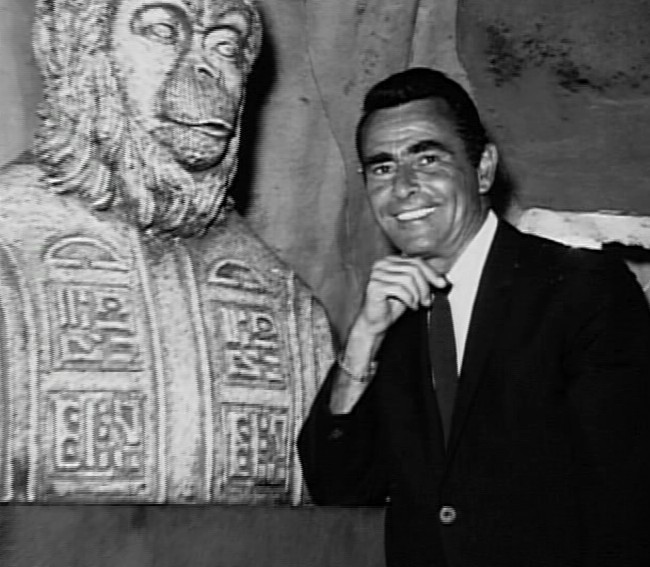
Various versions would follow in a series of changes that ultimately led to the iconic Planet of the Apes Statue of Liberty Finale:
May 15, 1964 (Serling)
The first major change to the script appeared in a draft dated May 15, 1964. Serling introduced a new plot point otherwise nonexistent in Boulle’s novel. Taylor came across ape researchers working on an archaeological site where they later discovered an old human doll. When Taylor turned it over, he activated the toy and it said, “Mama, mama.” All the way from the start, the film depicted humans as animals with low intelligence levels; they were not supposed to be able to speak. Considering the site location and the apes’ condescending treatment toward humans, it was highly unlikely that any ape had created the talking human doll. There was now a new conflict in the storyline.
May 22, 1964 (Serling)
Serling added another point to the script in a rewrite dated May 22. Taylor and ape archaeologists discovered not only a human doll but an old movie film as well. To make things even more complicated, the old movie showed footage of an explosion and a massive mushroom cloud. It also said, “filmed by the U.S. Air Force.” Taylor knew for sure now that his spaceship crash-landed on an Earth of a different time. Meanwhile, the apes planned to assassinate Taylor and invented a “hoax” cover story involving a “robot” that resembled him. Before the assassination, Taylor managed to escape with Nova and ran for their lives.
Undated (Serling)
The next rewrite was undated and pretty similar to the previous version, except for the references to a nuclear radiation disease. An explosion near the archaeological site triggered a small earthquake, which revealed a massive metal arm—part of the Statue of Liberty. It was the first draft to include Lady Liberty in the scene.
December 17, 1964 (Serling)
Serling made more minor modifications in a draft dated December 17. The apes detonated a bomb in the archaeological site in an effort to destroy evidence of their true evolutionary path. Taylor was recaptured and taken to the city. He escaped and stole a helicopter before flying back to the site for one last look. As he headed toward the jungle, he noticed the massive arm of the Statue of Liberty.
The script went through multiple minor revisions from this point on. Each version came with slight alterations in the ending, but all centered around the appearance of the Statue of Liberty in the epilogue sequence.
January 6, 1965 (Serling)
The last major edit by Serling took shape on January 6, 1965. Taylor and an ape leader Dr Zaius were in a confrontation at the archaeological site. Chimpanzee scientists Dr Zira and Dr Cornelius encouraged Taylor to run for his life, but he couldn’t stop wondering about the sight of an arm protruding from the ground. Taylor eventually escaped and reached his spaceship.
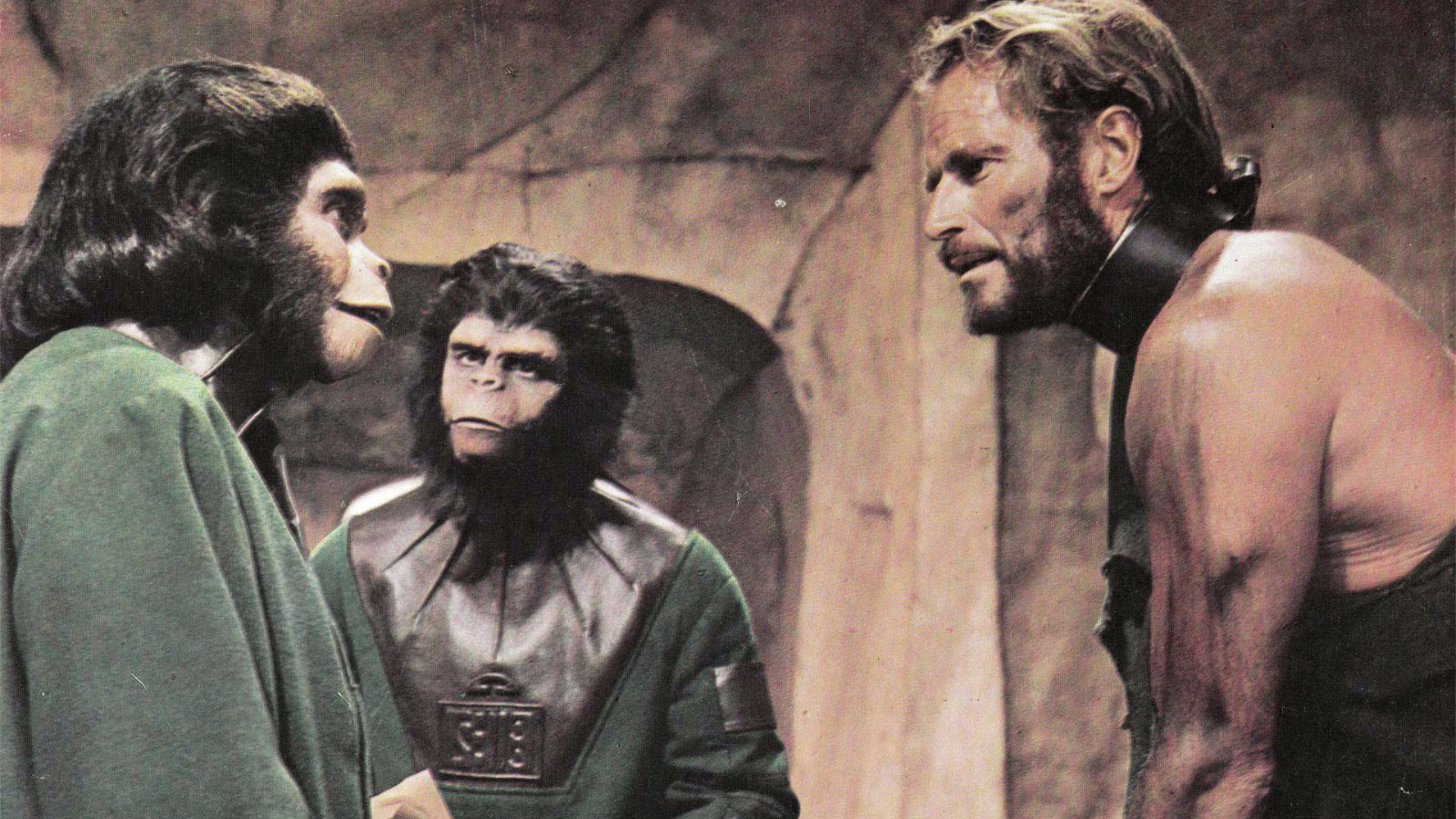
As he stared at the protruding arm, the gorillas arrived and killed him. The full Statue of Liberty was seen when the apes carried Taylor’s lifeless body away.
May 5, 1967 (Wilson)
A further rewrite by Wilson, dated May 5, 1967, sealed the ending for Planet of the Apes. It was the version used for the film in which Taylor (with Nova) escaped on horseback and discovered the Statue of Liberty in the sand.

Note: Serling’s final draft had been submitted to APJAC Productions (the production company behind Planet of the Apes) years before Wilson became part of the project. Serling’s ideas of using the Statue of Liberty as the focal point in the climactic ending remained mostly intact when the film hit theatres in 1968. A massive difference was that Taylor lived, setting a cliffhanger perfect for sequels, of which four were produced.
Planet of the Apes is an iconic film that became a massive franchise that is still bringing in big bucks. It’s still one of our favorite film series of all time, despite the 2001 remake attempt (which was a decent movie in its own right, but not a box-office hit).
Do you like the POTA series? Let us know. We’d love to hear from you.
Other things you might want to know about.
The Statue of Liberty
The Statue of Liberty is a big part of the ending of Planet of the Apes movie. According to theflagshirt.com here are some interesting facts about Lady Liberty that you might not know.
- France and the United States joined forces to create the Statue of Liberty.
- The Statue of Liberty was built in France and reassembled on Liberty Island in New York Harbor.
- President Grover Cleveland held an official dedication ceremony.
- The Statue of Liberty stands for freedom and democracy.
- Statue renovations took place in 1984.
- Lady Liberty is a symbol of our country.
Go to theflagshirt.com to read more details about the Statue of Liberty.
What is a time warp?
The possibility of a time warp is also part of the Planet of the Apes movies. What is a time warp anyway?
According to sites.psu.edu, most people think that time is constant and that time will tick at the same speed wherever they go in this world. Albert Einstein disagrees with this notion. He proved that gravity and acceleration are actually able to change the way in which time travels. People who are on the space station actually age slower that everyone else on Earth due to the idea of general relativity.
Google describes a time warp as a phenomenon that changes the flow of time by speeding it up or making it run more slowly. Einstein said that time can be warped in the presence of strong gravitational fields/high speeds. Clocks tick differently in different environments-depending on gravity.
In literature and movies, crimereads.com says that time travel is a genre unto itself, one that spans sci-fi, mystery, fantasy, history and more. While we first thing we think of involves spaceships and Deloreans, the oldest time travel stories are about…
- Seeing the future
- Traveling to the future
- Traveling to the past
- Time Loops
Go to crimereads.com and read the article called ‘The four types of time travel (and what they say about ourselves and the world around us) by Dan Frey.
How much of the Planet of the Apes movie did Rod Serling write?
According to nightgallery.wordpress.com, you can now see Rod Serling’s version of ‘Planet of the Apes.’ There were many revisions to the script that Serling made as he was adapting Pierre Boulle’s 1963 novel. Many think that the producers were unhappy with Serling’s work, but that isn’t the case at all. Budget restraints were the main reason that the movie wasn’t exactly how Serling had written the story. But the basic story is the same, even with screenwriter Michael Wilson taking over after Serling bowed out.
Serling tried to honor the story that Boulle had written with it being a modern ape civilization. It was basically our world with apes and humans having switched places. But they went with a more economical shoot with a more primitive city like the Flintstones village.
Now there is a graphic novel called Planet of the Apes Visionaries. We can “read” the movie and see that the basic structure is the same. The apes arrive in helicopters and not on horseback. The ape city is as Serling had written in his script. To read this fascinating article about the graphic novel, go to nightgallery.wordpress.com and look for Shadow & Substance. The article is called “Now you can see Rod Serling’s Version of Planet of the Apes.”




